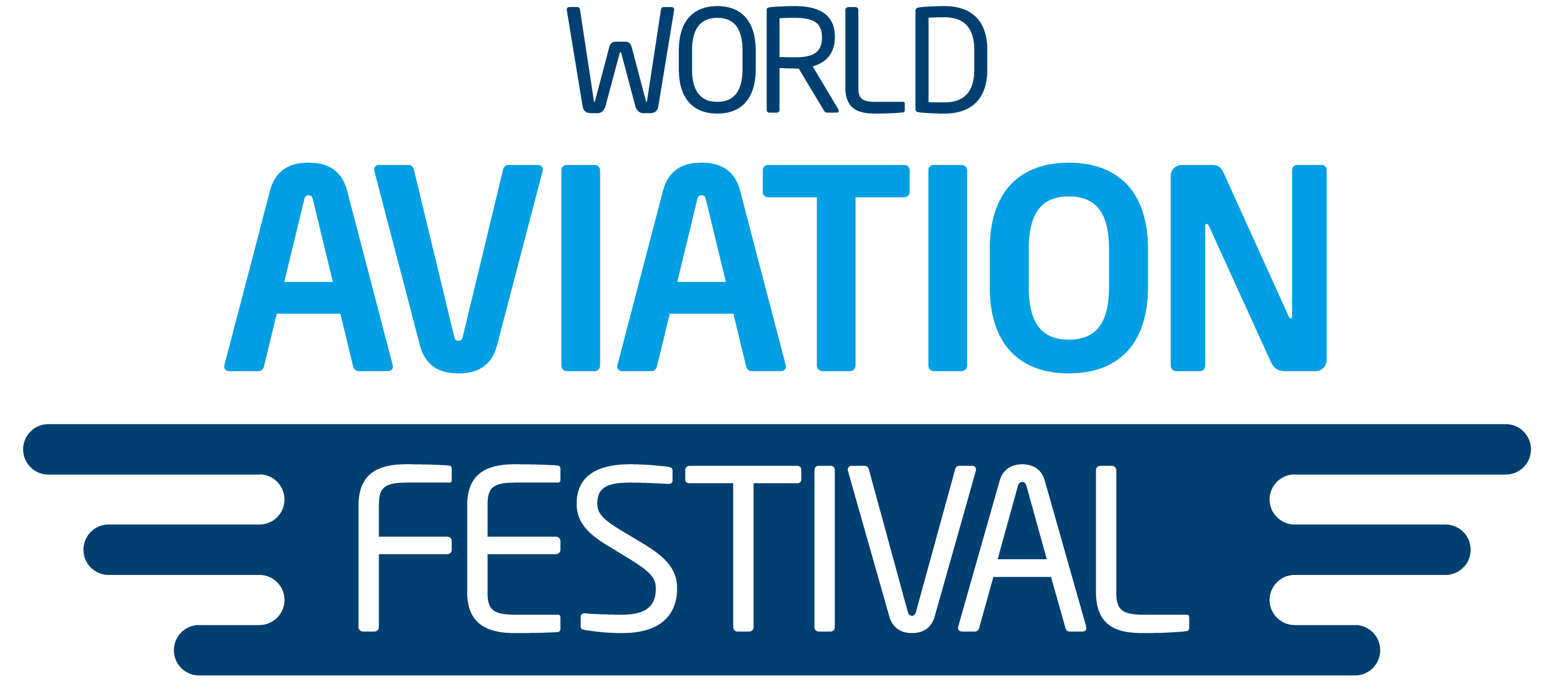Invigorating FFPs by banking on the power of partnerships
Earning miles by paying for your coffee via an airline co-brand credit card or spending the accrued loyalty currency on the same doesn’t come as a surprise today.
But the emergence of coffee, or for that matter, products related to everyday spending, in an airline’s loyalty cycle is indication of a certain shift.
Prior to March 2020 when the COVID pandemic created havoc, airlines, especially full-service carriers (FSCs), weren’t too much into such partnerships. More than how the dynamics (the commercial association with non-travel category partners) work, it was the case of being pegged back by legacy technology and also the industry being content with counting on the aspirational value of travel in the frequent flyer programme (FFP) earn and burn cycle (keeping perks and redemption options limited to travel-related options).
Assessing the same, Sebastian Huschner, Digital Product Strategy Consultant, Customer Loyalty – AerClub, Aer Lingus, said that major revenue streams linked to FFPs “dried almost overnight with the onset of the pandemic” and overall airlines were in a precarious position. As FFPs proved their worth, with airlines barely managing to survive via the much-needed liquidity resulting from the pre-selling of miles/ points, it propelled airlines to build on this.
“It stepped up the momentum to invest in technology and partnerships to strengthen their (airlines’) own internal capabilities. Progress was also seen in terms of loyalty platforms that paved for simpler integrations, rather than trying to replace the entire legacy airline architecture in place for the last 10 years, which is so difficult to do (when one thinks of agile practices),” said Sebastian.
This meant that the participation from members was salvaged, their concerns were taken care of (imagine a member being on the verge of attaining a lucrative elite tier status and how sorting of this boosted the loyalty quotient!) and added a new dimension to their engagement.
From airlines’ perspective, the shift in mindset was aptly exhibited by the likes of Air Canada, Delta Air Lines and others. In fact, when Delta and Starbucks allowed their respective loyalty programme members to link accounts of two brands, the airline stated that it is trying to pave the way for premium experiences not just on the days when one travels, but in their everyday lives as well.
Gaining more from partnerships
Airlines are now keen on such partnerships, as companies are creating value for each other’s businesses, by enabling complementary forms of member engagement. Also, the plan is to get closer to the mid-long tail customer via partnerships.
Airlines are now leaving no stone unturned to reinforce their brand, and also gain access to valuable customer insights via partnerships with non-travel partners.
As Sebastian also shared, airlines are now much smarter in terms of how they evaluate the efficacy of such initiatives, including the readiness for sharing of data.
“Commercials haven’t changed in a big way when it comes to setting up partnerships, but there is a desire for more frequent data exchange as and when you link with a partner. The onus is on the partner to provide the information, seamlessly accessible to the airline. Again, being API-centric can help accelerate this process,” said Sebastian, who also acknowledged that if an airline has refined its marketing technology (MarTech) stack with an astute customer data platform (CDP) in place, there is plenty to gain in terms of gaining a deeper understanding of the member.
Other than data analytics, the aspects of a loyalty management platform that play an integral role in managing FFPs have come a long way. Tier points and promotions management, computation for accrual and redemption, billing and other routine aspects have all been streamlined. “Airlines need to work on making data-based decisions, and act fast. This would be related to making the use of available technology and building capabilities – either in-house or through outsourcing the solution. How to work on new features and on-board partners really quickly? If you sit on legacy technology, it would remain difficult to create APIs and connect to third parties in the future. So prioritise internal tech stack and gear up for API infrastructure and move ahead with relevant integrations/ partnerships,” said Sebastian. It is time to part ways with monolithic systems and evaluate cloud-based software if not being looked at already.
Some of the key performance indicators for evaluating partnerships are:
- Number of acquired members
- Active members
- Active in collecting points
- Active in redeeming points
- Average transaction value and how it differs between tiers
- % age of members earning/ redeeming on air vs. non-air transactions & products
Going after every possible penny
Airlines either have to work on their ecosystem or be ready with their API strategy to target a bigger share of a consumer’s wallet.
Looking at some of the recent developments, it is clear that acquisition costs would only go up for airlines if they don’t act in an agile manner. For instance, CommBank, the largest bank in Australia, has tied up with Hopper to make it easier for the bank’s customers to book flights and other travel products. Hopper CEO Frederic Lalonde told McKinsey that the company’s B2B focus is owing to the fact its financial products “were not only generating income for us but also unlocking new customer spend”.
Those companies that are relying on modular architecture are the ones that are coming up with ways to target every possible penny that a customer spends in any category. Any industry, be it for aviation, banking or retail, is witnessing a shift towards becoming more agile organizations.
“Banking and airlines’ systems are quite comparable (both legacy),” said Huschner. “Banks, too, have been challenged by “neobanks”. There are several companies in this space that have moved ahead and capitalised on gaps in the banking infrastructure with their modular architecture and up to date technology. They (the likes of Monzo, Starling, Revolut, Monese in the UK) are able to link with a range of partners, for instance, using a neobank app that allows users to collect points on everyday spend, both online and offline, or exchange the loyalty currency for credit card spend like Barclays offers in the UK.” So airlines have to reduce the speed to market to whatever they deem fit as part of their strategy.
Areas of improvement
Sebastian recommended that airlines have to design experiences that are more intuitive, and make the member experience seamless throughout the earn and burn lifecycle, whether they use a loyalty app, card-linked offers or co-branded cards.
Sebastian said not just everyday spending but big-ticket items to an extent are already on offer in the Loyalty ecosystem. But they are being presented inconveniently to customers, even though a member already today can buy say a mobile phone from an airline’s branded eStore. “A member has to go to an airline’s eStore, which has products listed from various partner brands. You purchase a product through the eStore, and earn Loyalty points for the transaction. However, this doesn´t represent intuitive buying behaviour due to the additional steps, which is why airlines should continue to focus on automated card-linking to ensure all eligible transactions qualify for earning points. Cut down on the unnecessary steps in the purchase journey and bring points/ miles balance boost to the forefront in a seamless manner,” said Sebastian.
Article by Ritesh Gupta





